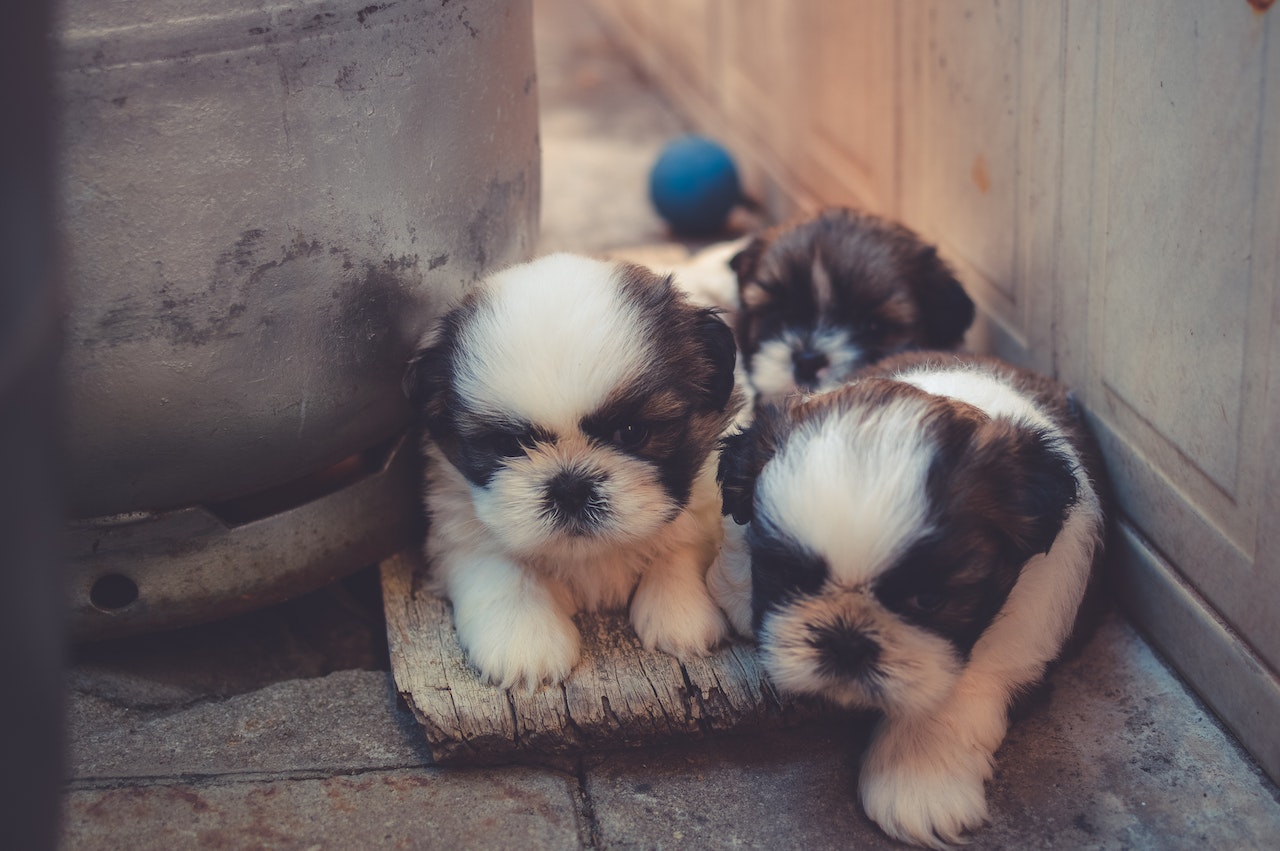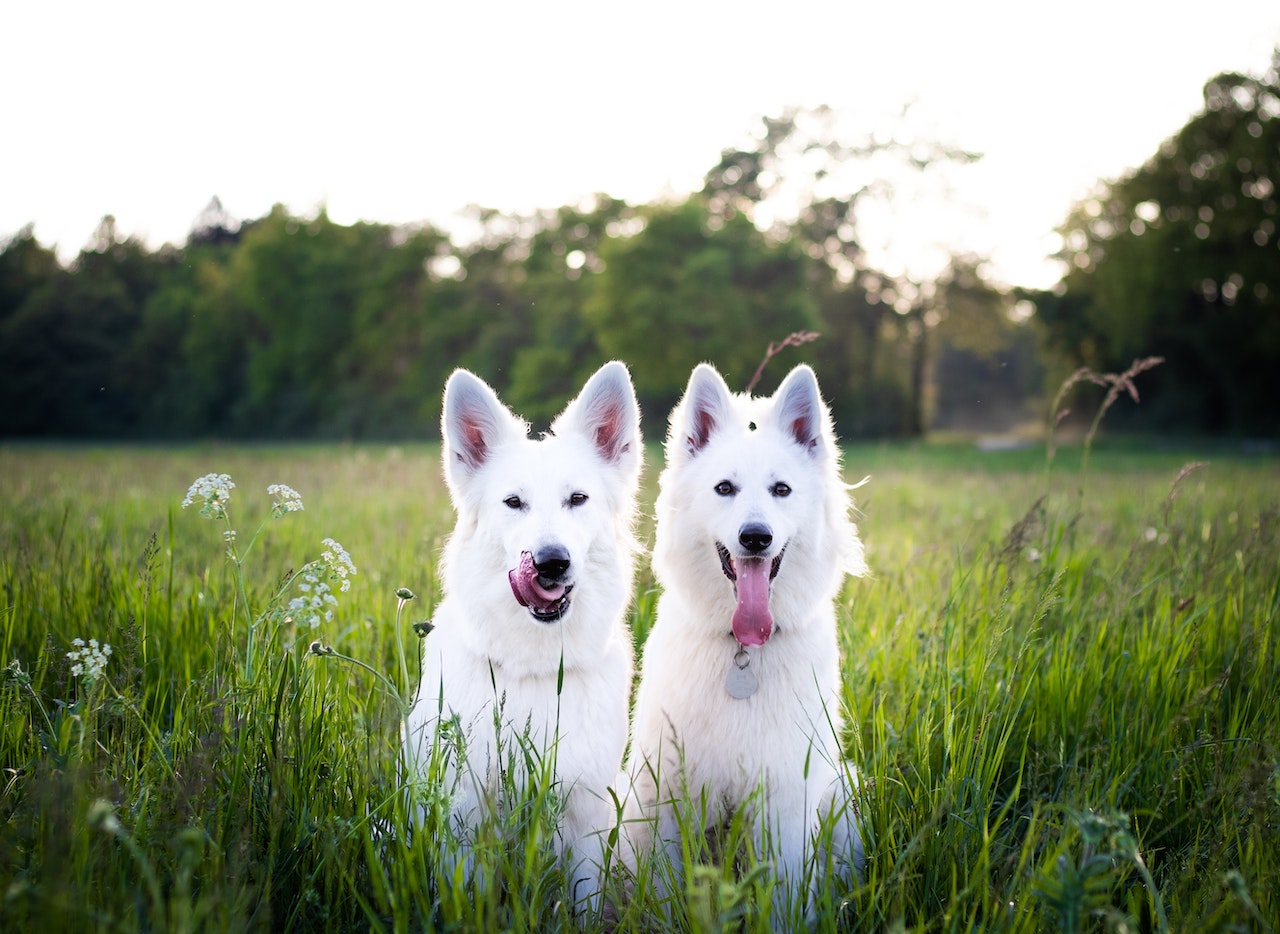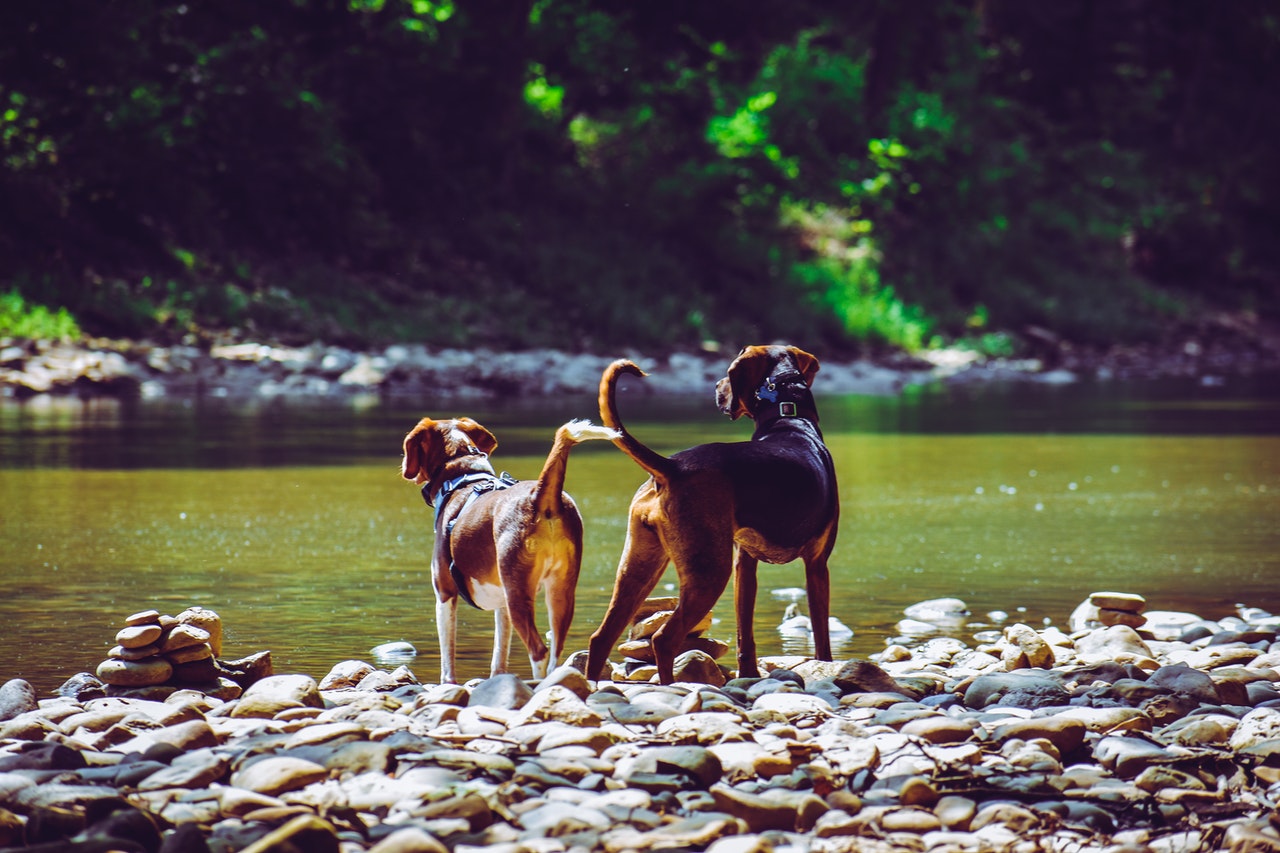A dog makes you happy. And if there is enough space, a second one will also be fed. Keeping double dogs is very much in vogue. But before you make a decision, you need to consider a few things.
Two in one go?
At the sight of adorable puppies, the temptation is great to give two puppies a home. However, you can forget the thought that "everything can be done in one go". It's harder to train two puppies because you can only focus on one at a time. Both animals can only become family companions if you already have a lot of dog experience and another family member can take care of settling in and training you.

Same type, similar size?
It is easier to deal with two dogs of the same breed, two dogs of about the same size, or two animals of the same type than with a pair that is opposite.
A racing enthusiastic greyhound and a confident herd guardian have different needs. You cannot satisfy the demands of husky and chihuahua at the same time either, one has to step back. Two dogs of the same type often show the same behavior patterns, but they also tend to compete.
male to male or not?
Do you prefer two females, two males or a mixed pair? With neutered animals, this only plays a minor role and you can follow your preference. Two intact males are prone to comment fights , which can also be loud, but mostly only your nerves suffer.
Intact bitches, on the other hand, are constantly irritable before and during the heat and if left unchecked, this can lead to perpetual hostility.
In a couple there is mostly harmony. Those who do not want to breed have the problem twice a year of having to separate male and female dogs. Also, male dogs that live with a female dog tend to act as protectors and chase other male dogs away.
 Every little animal has its own treat
Every little animal has its own treat
Right from the start, i.e. when the second dog moves in, offer the food in separate bowls so that the faster one doesn’t get in the way of the more cautious one. Beds and baskets should give both dogs a chance to retreat and nap, groom, or sleep separately from the other. If they both squeeze into a bed, that's fine. But they shouldn't be forced.
respect for hierarchy
There is a hierarchy in every pack of dogs, no matter how small. And it can change again and again in the course of living together. Your powers of observation are required. You must recognize who is in charge and act accordingly. First say hello to the "boss" who is also the first to be fed and petted. If the hierarchy changes, you should also react.

Young blood to the senior?
In fact, many older dogs thrive on getting a puppy for company. They take over part of the education, give the young animal security and orientation and can be encouraged to play. But the greater the age difference, the more likely it is that the oldie will be under stress and feel neglected. Two to four years of age difference is ideal: by then the older one already has manners and can play the teacher. It's also tough and fit enough to keep up when the newbie feels like a showdown.
High expenditure of time
You can do some things at the same time: Both dogs are fed at the same time, take them for a long walk, they go to the vet together. But both first and second dogs need alone time with you. For training, education, sport, for cuddling and grooming . Both must learn to stay alone when you work with the other.
But every effort you put in is worth it. Because the two really means double happiness for you.









